
Pickleball Techniques and Strategies: from Beginner to Champion
From Beginner to Pro: Ace your Play with our Pickleball Techniques & Strategies to Dominate the Court in your Next Game.
 Welcome back Pickleball fans! In our last episode, we explored how to master the backhand roll, a shot that enhances your skill. Today, we’re shifting our attention to a key element of Pickleball– the Forehand!
Welcome back Pickleball fans! In our last episode, we explored how to master the backhand roll, a shot that enhances your skill. Today, we’re shifting our attention to a key element of Pickleball– the Forehand!
“To achieve great things, two things are needed: a plan and not quite enough time.” This wise statement by American musician Leonard Bernstein sums up the best way to develop your pickleball forehand. This highlights the necessity of aggressive goal-setting as well as the value of strategic planning.
In Pickleball, like in life, achieving greatness often needs a smart plan and knowing you’re on the clock. However, players who approach the game with a solid strategy and a sense of urgency as well as accurate footwork are more likely to reach their full potential and experience success on the Pickleball court. Mastering the forehand is equally important for your game and it takes planning and dedicated practice to do so.
In this blog, we’ll deep dive into the world of the Pickleball forehand. So, whether you’re a beginner, or playing Pickleball to get better, our goal is to give you the info and tips necessary to boost your forehand.
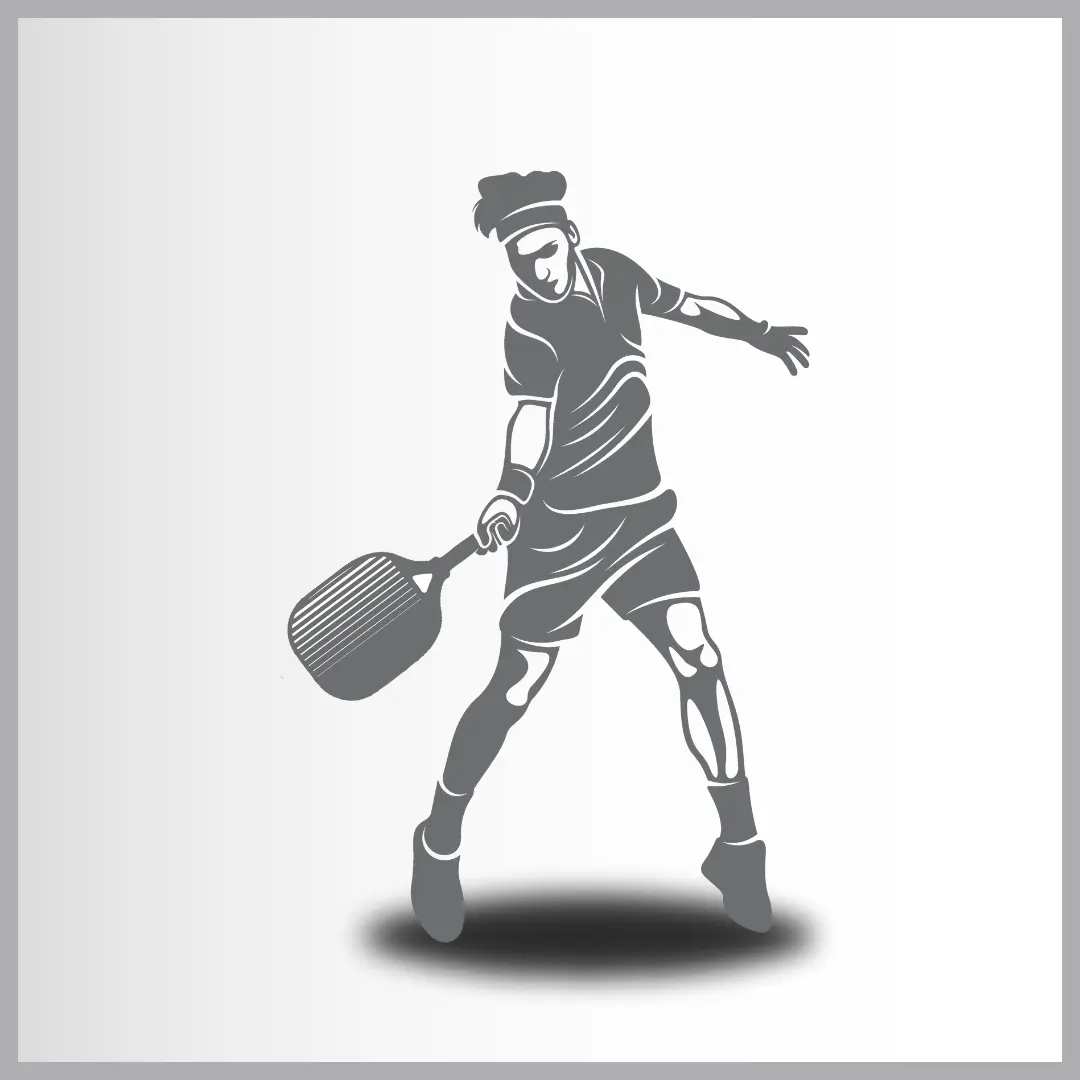 Your primary shot in Pickleball is the forehand. It’s the most important move in your game giving you the ability to lead and set the tempo of the match. Pickleball players often develop their first weapon with the forehand shot.
Your primary shot in Pickleball is the forehand. It’s the most important move in your game giving you the ability to lead and set the tempo of the match. Pickleball players often develop their first weapon with the forehand shot.
Additionally, in this technique, players hit the ball on their dominant hand’s side, using a natural swinging motion to create power and accuracy. Players often choose the forehand shot when they want to hit the ball quickly, whether for a soft dink or a hard drive.
The “Forehand Swing” is when you hit a ball using the front part of your Pickleball paddle. It involves everything about how you do it as well as how you hold the racket, stand, get ready, swing, hit the ball, and finish. Furthermore, a forehand swing can vary in appearance based on how a player prefers to play and the type of shot they want to make, such as topspin, flat, or slice.
On the other hand, the “Forehand Drive” specifically refers to a type of forehand shot where the player aims to hit the ball with power and control. This stroke is commonly used during baseline rallies to control the game. When doing the forehand drive, players can put various spins on the ball. The most common types of spin are a topspin and a flat path. These spins help keep the ball low over the net, making it tough for the opponent to react.
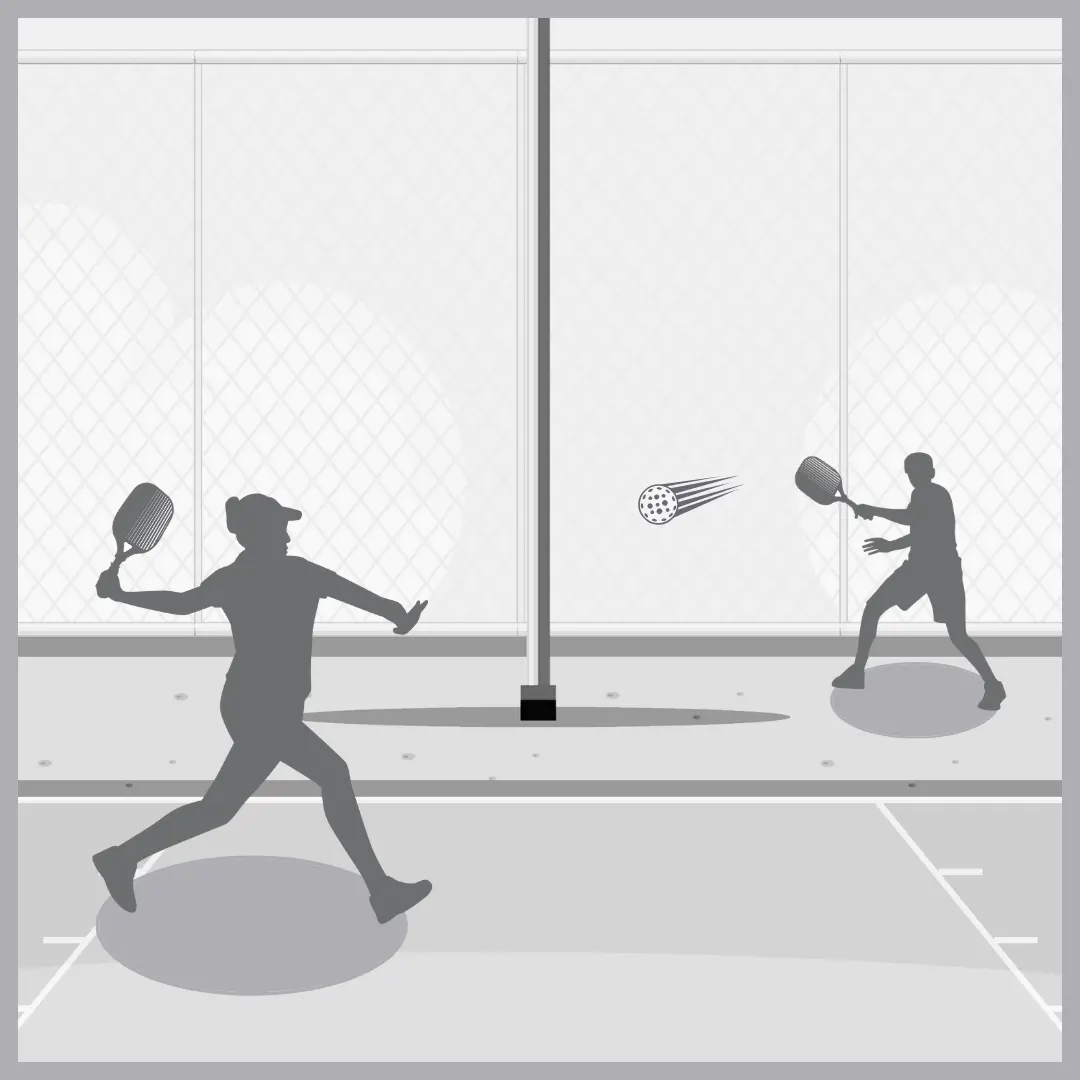 1. Grip it Right -To start, hold your paddle in a continental style,in the same way how you would hold a hammer. This grip provides flexibility and accuracy for various shot types.
1. Grip it Right -To start, hold your paddle in a continental style,in the same way how you would hold a hammer. This grip provides flexibility and accuracy for various shot types.
2. Position Matters – Stand with your feet about shoulder-width apart, slightly bend your knees, and keep your body weight in the middle. As a result, this balanced position gives you the agility needed to move effortlessly in any direction. Furthermore, it provides a solid foundation for executing various actions on the court.
3. Eye on The Ball – Never lose sight of the ball. This basic rule goes for almost every sport in general, including Pickleball.
4.The Swing – Swing your paddle smoothly in a pendulum-like motion, keeping it low and controlled. Instead of over-swinging, concentrate on accuracy rather than power.
5. Follow-Through – Once players make contact with the ball, it’s essential to follow through with their paddle to complete the swing on the opposite side of their body from where they started. Subsequently, this follow-through motion helps generate power and accuracy in their shots.
Now that we’ve covered the basics, let’s discuss switching to your forehand shot. It’s important to realize that a smooth transition can keep your game in one piece.
1. Footwork – Begin by moving quickly with short steps to prepare for your forehand. Concurrently, expect where the ball is heading, and smoothly shift to the right spot.
2. Open Position – Move your weight forward onto your front foot while turning your non-dominant shoulder towards the net. This open position particularly will help you reach and move more easily.
3. Timing Is Everything – Wait until the ball is in the right spot for you to swing. In this way, you won’t rush your shot and will let the ball do the work for you.
To excel in the Pickleball sport, players must master the forehand drive because understanding when to use it is vital for court success. The forehand drive involves hitting the ball powerfully over the net with a flat paddle face in specific situations. Here are some situations where you might use a Pickleball forehand drive:
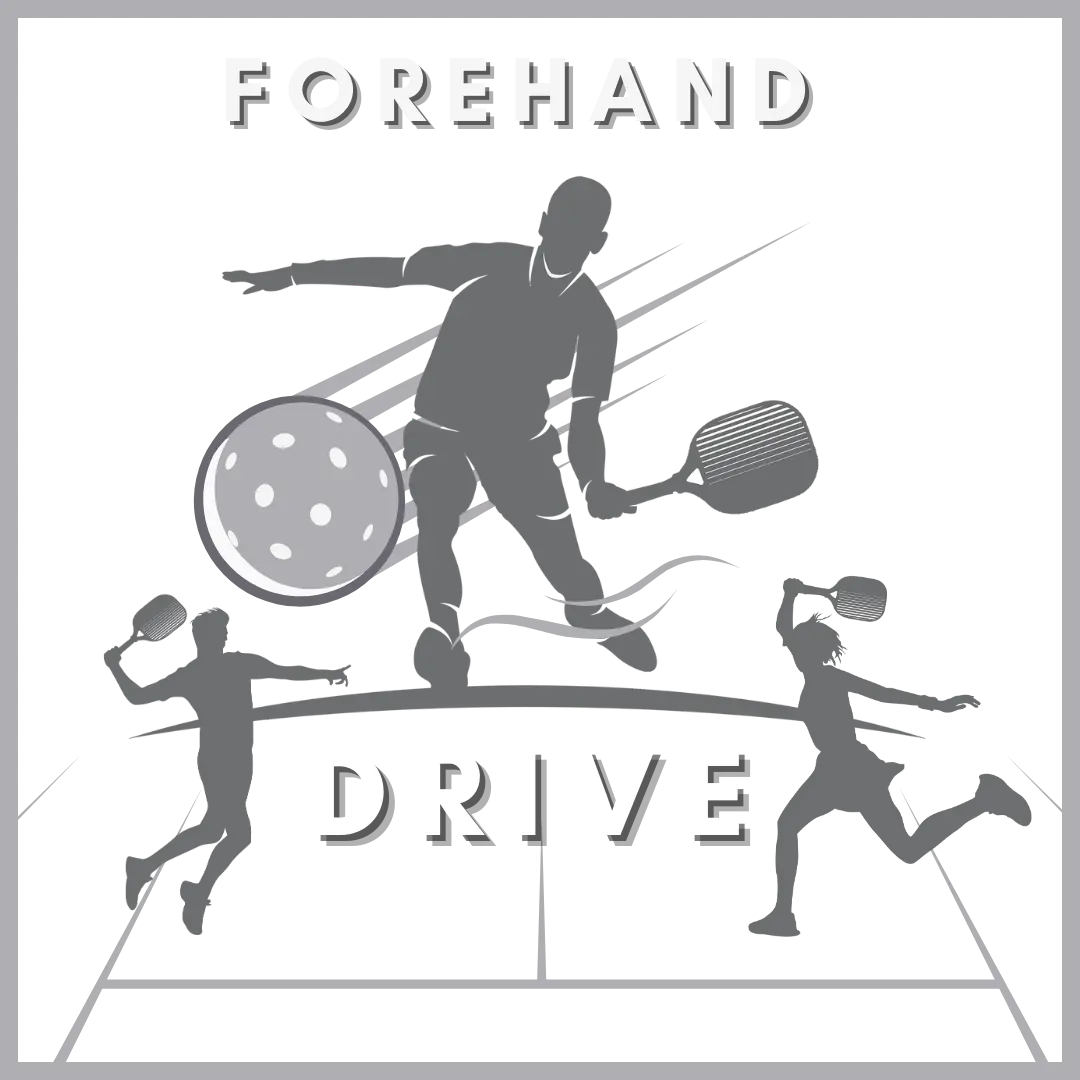 1. Aggressive Play – When you want to put pressure on your opponents and take control of the point, the forehand drive can be an excellent choice. It’s a powerful shot that can force your opponents to defend or make errors. Plus, think about your own skill and timing when choosing to use it.
1. Aggressive Play – When you want to put pressure on your opponents and take control of the point, the forehand drive can be an excellent choice. It’s a powerful shot that can force your opponents to defend or make errors. Plus, think about your own skill and timing when choosing to use it.
2. Offensive Opportunities – Keep an eye out for moments when your opponents aren’t in the right place or when there’s space between them on the court. In addition, using a well-executed forehand drive in these situations can capitalize on these openings and score points. Additionally, it’s important to stay vigilant for these chances during your game.
3. Low Balls – If the ball is coming to you at a height that lets you comfortably hit it around waist level, using a forehand drive can work well. Not only is it easier to control but also drives low balls with a forehand technique.
4. Mid-Court Shots – When you’re positioned in the middle of the court with good spacing, a forehand drive can be effective. This approach helps in keeping your opponents on their toes while limiting their options.
5. Surprise Factors – Occasionally using the forehand drive can surprise your opponents. Moreover, if they expect gentler shots and you suddenly strike the ball aggressively, it can lead to unexpected results.
 When you’re positioned at the net, a well-executed forehand drive can help you maintain your advantage and keep your opponents at bay. This is especially beneficial in Pickleball doubles play.
When you’re positioned at the net, a well-executed forehand drive can help you maintain your advantage and keep your opponents at bay. This is especially beneficial in Pickleball doubles play.
7. Responding to serves – Depending on the serve, a forehand drive can serve as a useful return choice. In cases where the serve isn’t too quick or too low, you can hit it back aggressively.
8. Causing Errors – The speed and power of a forehand drive can compel your opponents to make mistakes, such as hitting the ball into the net or sending it out of bounds.
It’s crucial to use the forehand drive wisely when playing your strategy. It requires proper timing and control. Overdoing it when you don’t have a clear opportunity can lead to errors and lost points. Therefore, consider your own skill level and comfort with the shot before deciding when to use it. Just like any aspect of Pickleball, practice and experience will help you refine your judgment of when to use the forehand drive effectively. Likewise, if you need to further info, you may also visit USAPA’s Official website to learn more.
 Practice makes perfect. Like any skill, practice is the secret to mastery. To start, you can rally with a partner or practice against a wall. Initially, focus on consistency before attempting powerful shots. After that, you gradually increase the intensity of your practice sessions.
Practice makes perfect. Like any skill, practice is the secret to mastery. To start, you can rally with a partner or practice against a wall. Initially, focus on consistency before attempting powerful shots. After that, you gradually increase the intensity of your practice sessions.
It’s important to remember that even the most accomplished Pickleball players were once beginners. Success in Pickleball, just like any sport, needs dedication, learning, and a passion for the game. The forehand is where your journey to Pickleball excellence begins. Regardless of whether you’re playing for enjoyment or competing at a higher level, refining your forehand skills will undoubtedly elevate your performance. Embrace the learning process, stay dedicated, and watch your forehand become a formidable weapon on the court.
Meanwhile, we’d love to hear about your experiences and challenges with the forehand. How it has influenced your Pickleball journey? Please, share your stories with us, and let’s keep the Pickleball conversation going!
Before we wrap up, a heartfelt THANK YOU goes out to all our avid readers. our enthusiasm and passion for pickleball are what keep us motivated to bring you these insights. Keep swinging, keep smiling, and keep inspiring each other on the Pickleball courts. Until next time, happy Pickleballing!

From Beginner to Pro: Ace your Play with our Pickleball Techniques & Strategies to Dominate the Court in your Next Game.

Step into the spotlight, make a lasting impression, and become a trendsetter on the Pickleball court with our Pickleball apparel guide.

Thinking about the perfect gift for someone just starting in Pickleball? Discover our Pickleball gift guide tailored for beginners. Look no further.

Ever wondered how your Pickleball style could reach new heights? Learn the secrets of success with the “Pickleball Accessories To Enhance Your Play and Ace Your Style”.
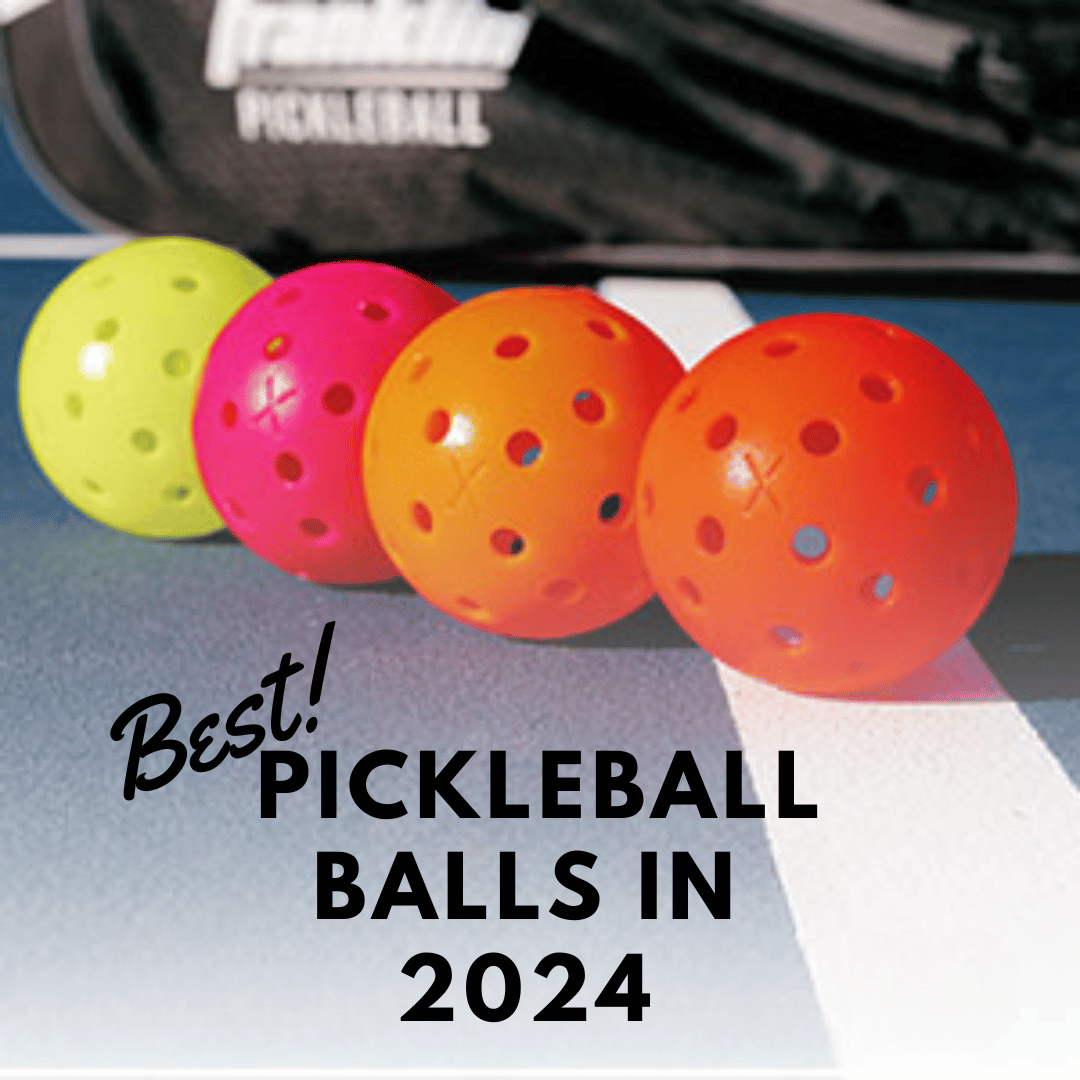
Are you seeking the perfect Pickleball balls for 2024? Let’s find out why they’re the “Best Pickleball balls for 2024”.
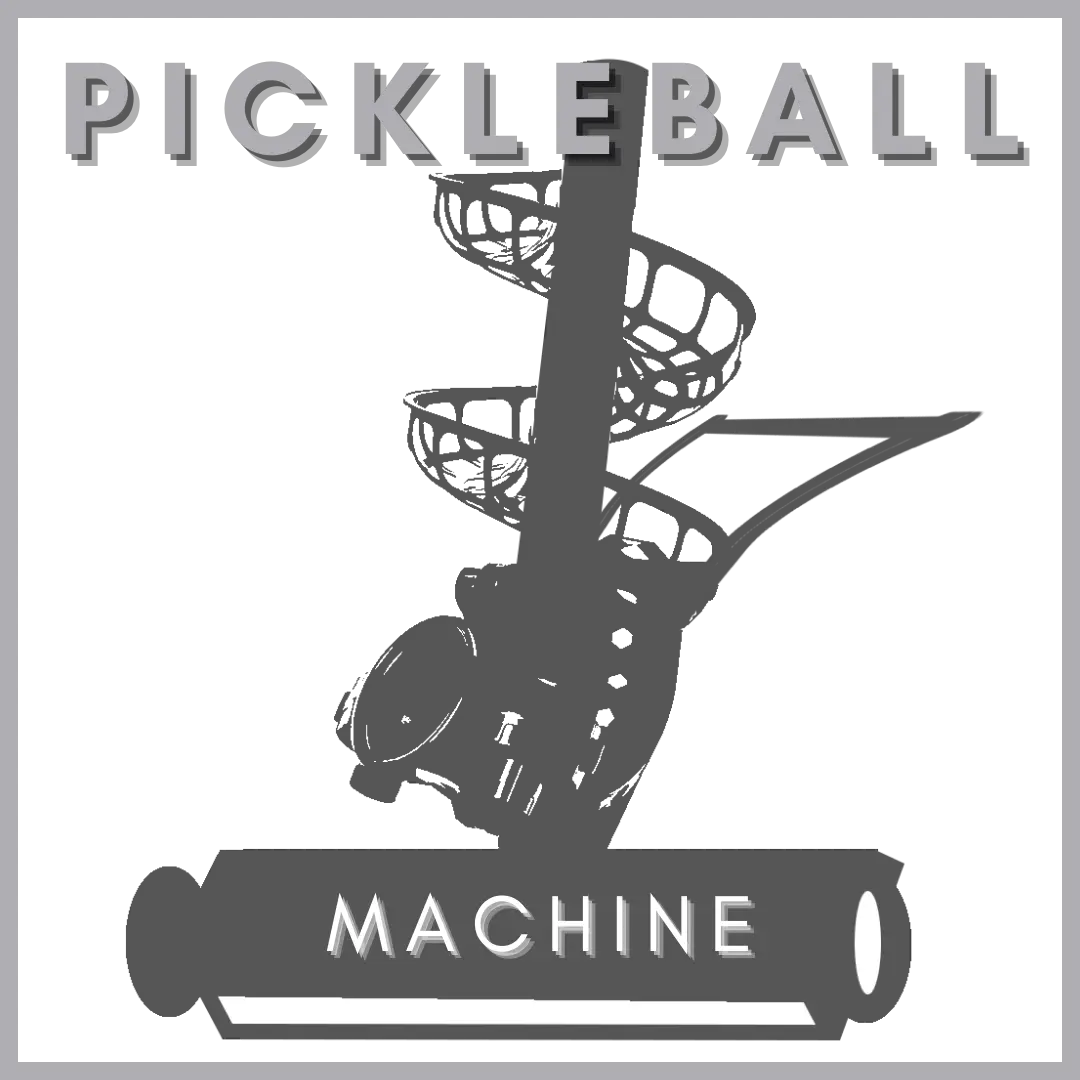
Looking to boost your pickleball skills? How can Pickleball Machines serve as your secret weapon?
If you would like us to feature your brand in our upcoming Pickleball blogs, Collaborate with Us. We’d love to have you featured.